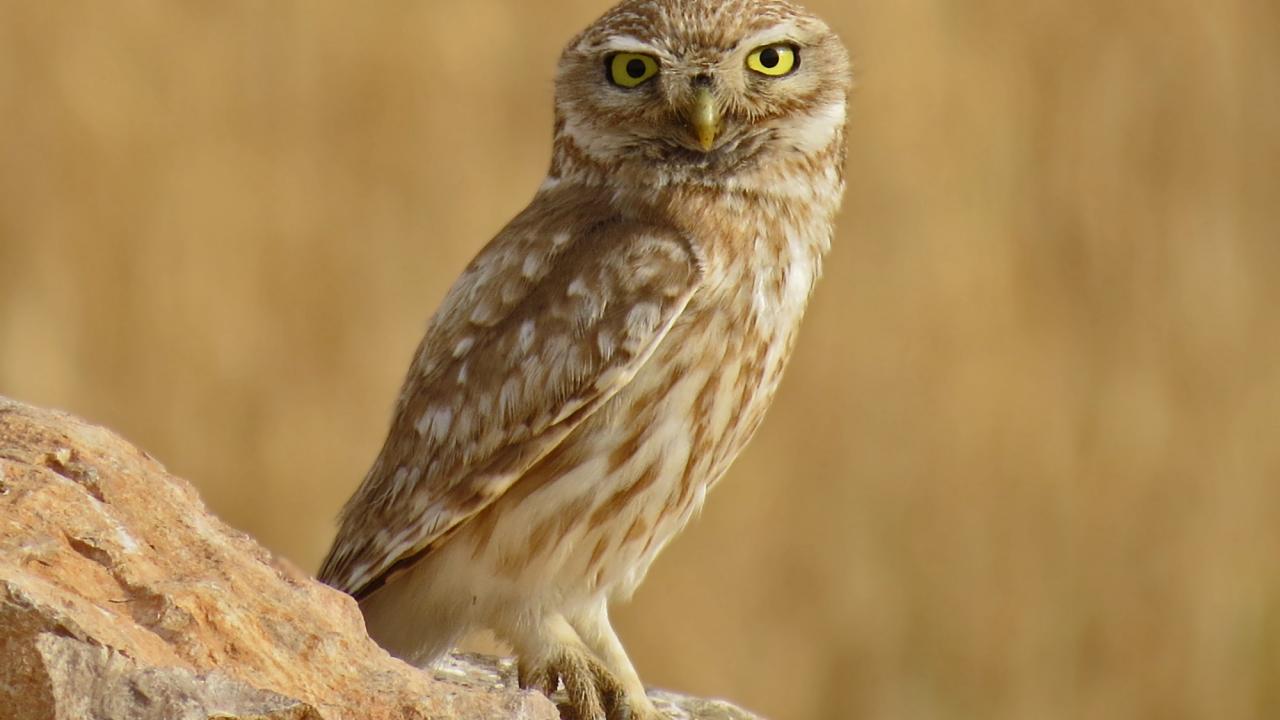Quick Summary
- Younger territorial animals wander farther, are more adventurous, than older individuals
- The less an animal knows about its environment, the more its home range varies
- Rising opportunities can be a threat to older individuals by attracting outside competition
When a territorial animal is young with little to lose, it tends to wander widely in search of food. But as it ages, its home range shrinks as it stays close to the more valuable territory it has acquired over its lifetime.
A new model developed at the University of California, Davis, and described in the journal The American Naturalist, identified this pattern. The model is the first to focus on how and why home ranges expand or contract in territorial animals, a trend noted in multiple animals ranging from deer and pandas to owls and flying lizards.
The model identified three general patterns:
1) Wandering youth, homebody elders
Younger individuals are more exploratory and adventurous than older individuals, so they have a larger home range.
“They’re usually too small to establish and secure their own territory, so they have nothing to lose by abandoning the idea of a territory,” said lead author Yun Tao, a graduate student with the UC Davis Department of Environmental Science and Policy when the model was developed, and currently a postdoctoral candidate at Penn State. “For them, it’s more profitable to stick to distant feeding expeditions and forage as best they can. As they age, however, their ability to secure their own territory improves, so home ranges shrink in size as they get older.”
2) Range anxiety
The less an animal knows about its environment, or experiences “sensory noise,” the more home range dynamics vary, regardless of age. For instance, when forage outcome or threats of intrusion are unpredictable, an individual tends to either wander widely or become more territorial, defending what it has in preparation for the unknown. When pressure from competitors is particularly high, almost all individuals except for juveniles adopt a defensive strategy.
3) Opportunity also a risk
A rise in opportunity, such as a seasonal abundance of food, can also pose a risk for older individuals by attracting outside competitors. In this scenario, the young continue to wander afar as resource levels increase, whereas older animals contract their home ranges to protect their territory against potential invaders.
Management implications
“Home range” refers to a spatially bound area an animal routinely uses over time to fulfill its needs. Previous studies considered home ranges as fairly static, while this study notes that they fluctuate throughout the year, a flexibility that helps animals to adapt to their environment.
Understanding how, where and why animals are distributed allows better management for conservation and also for controlling diseases spread by wild animals, such as Nipah virus or rabies, Tao said.
The study’s co-authors include Tao’s former faculty adviser, Professor Alan Hastings from the UC Davis Department of Environmental Science and Policy, and Luca Borger from the Department of Biosciences at Swansea University in the United Kingdom.
The study was funded by the Army Research Office, the National Science Foundation Graduate Research Fellowship Program and its Graduate Research Opportunities Worldwide program.
Media Resources
Kat Kerlin, UC Davis News and Media Relations, 530-750-9195, kekerlin@ucdavis.edu
